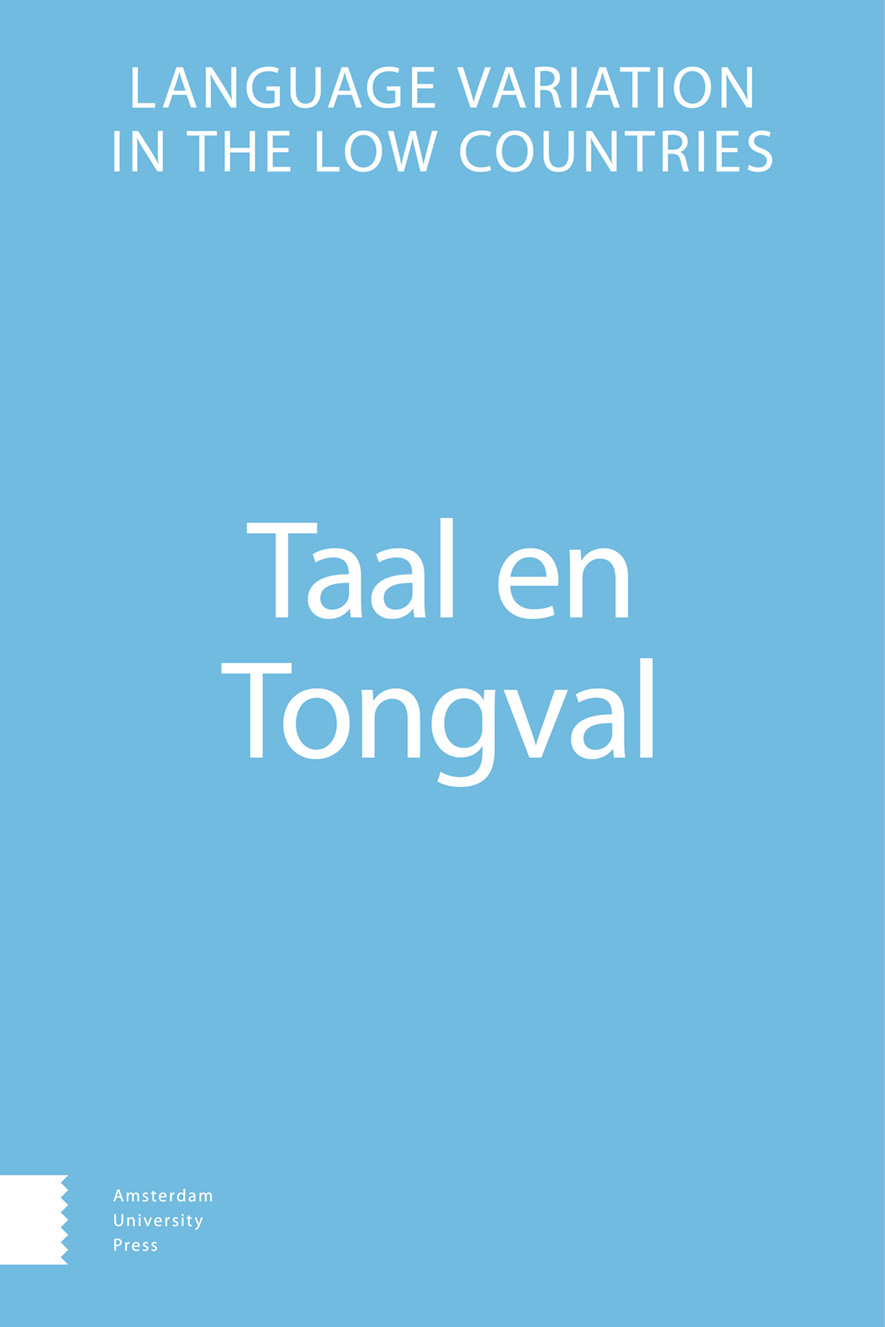-
oa The relationship between phonological and geographical distance. Umlaut on the diminutive in Dutch dialects
- Amsterdam University Press
- Source: Taal en Tongval, Volume 62, Issue 2, Jan 2010, p. 204 - 234
Abstract
Recent years have witnessed a surge of interest in the application of modern methodology to the study of geographic language variation. One instance of this, applied to the Dutch language area, is the topic of dialectometry. It seems fair to say that the measurements in most dialectometrical projects are fairly superficial from a grammatical point of view. In this article, we propose a view of dialect distance which is radically different both in its methodology and in its goals. We present a view in which the distances between grammars are computed rather than the differences between words or constructions, which we view as products of the grammars. In particular, we consider the phenomenon of umlaut in diminutive forms. Umlaut, a phenomenon in which back vowels become front in certain morphological contexts, is virtually absent in the western parts of the Dutch speaking area, but fully productive in many parts of the east. We show how this east-west transition can be elegantly described as a gradual change in grammars


